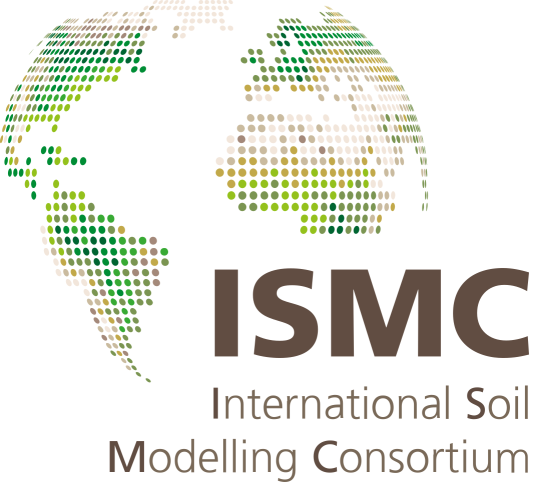ISMC2021-10
Advances in soil modeling through data analytics, machine learning and prediction
Oral
|
Thu, 20 May, 15:00–16:30 (CEST)
Interactive
|
Attendance Thu, 20 May, 16:30–18:00 (CEST)
Oral: Thu, 20 May, 15:00–16:30
Chairpersons: Yonggen Zhang, Wei Shangguan, Teamrat Ghezzehei
16:00–16:15
|
ISMC2021-32
16:15–16:30
|
ISMC2021-78
Interactive: Thu, 20 May, 16:30–18:00 | virtual poster area
Chairpersons: Wei Shangguan, Teamrat Ghezzehei, Yonggen Zhang

